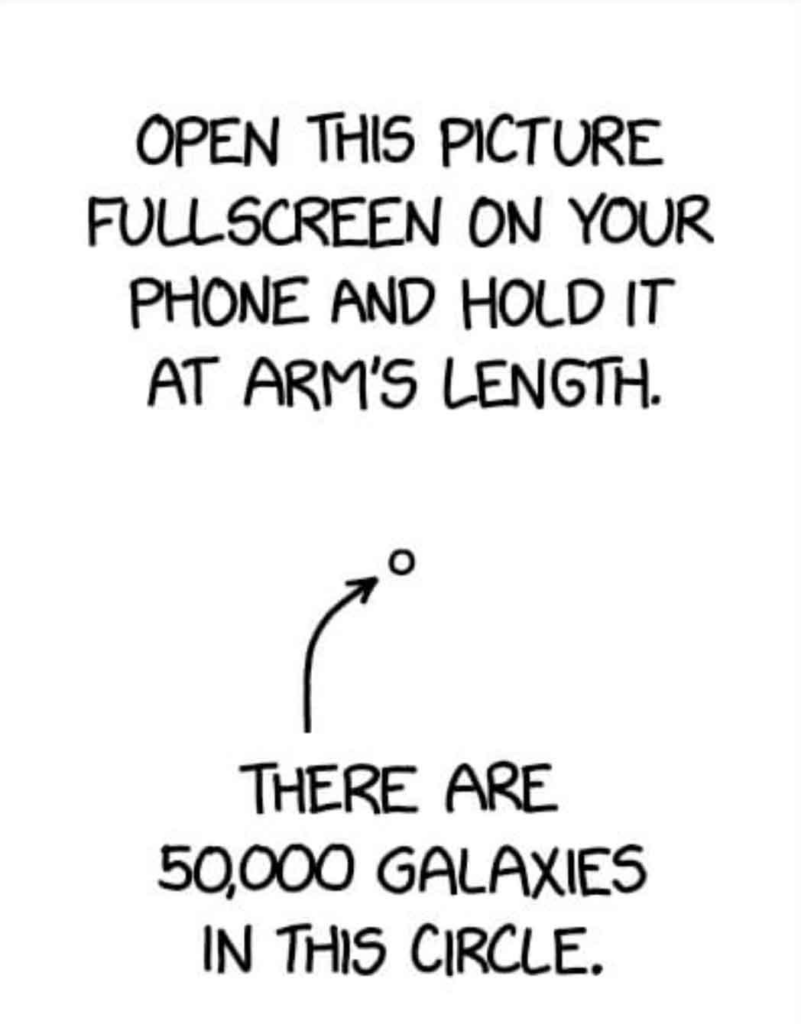Sky Report: August 14 – 20

Since Venus left us a month ago Mars has been the sole planet in the west in the evening sky, and the 18th is probably your last chance to see it until next March. On that night look for the very thin crescent moon, only 6% illuminated, and only 9° above the western horizon 30 minutes after sunset. Use binoculars. Once you find the moon look 2 moon-diameters (1°) below it to see Mars. Mars is on the far side of the sun and is only 2nd magnitude, so it will be a challenge to see it.
Mars leaves us as the earth, traveling faster on our inside orbit, moves so as to place the sun between us and Mars. Mars will be too close to the sun to see until it slowly reappears to the right of the sun in the east in the morning sky in March. I’ll remind you then.
So Mars is gone – but Saturn replaces it in the evening sky, and that’s a fair trade. Saturn rises in the east as the sun sets in the west (Saturn is exactly opposite the sun on the 27th).
Saturn is in Aquarius. The only star of comparable brightness in that section of the sky is Fomalhaut, in the Southern Fish (Piscis Austrinus) some 20° below Saturn and rising later.
Jupiter rises toward midnight and then it’s the brightest star-like object in the sky. Jupiter rises 4 minutes earlier each day so it’ll be well-up in the evening sky along with Saturn in a month or so.
On the 20th the star 5° to the left of the moon is Spica, in Virgo.
These August evenings the Milky Way stretches high overhead from the southern horizon to the northeast horizon. The part in the south – toward Sagittarius and Scorpius – lies in the direction of the center of the Milky Way while the opposite part in the northeast – in Cassiopeia and Perseus – lie in the direction of the nearest exit (if you need to leave the Milky Way, head toward Auriga, which rises the same time as Jupiter). Given a dark sky, this month you can easily see how much brighter and wider is the southern portion.
The Milky Way contains about 400 billion stars, and also huge clouds of gas and especially dust that fill the space between the stars. This dust prevents us from seeing very far into the Milky Way and definitely not through it to the universe beyond. So if we wish to look beyond our Milky Way to other Milky Ways, which we call galaxies, we must look away from the Milky Way, say toward Saturn. There you’ll see few stars — but galaxies appear in huge numbers. You can’t see any of these galaxies with your eyes alone (other than the famous one in Andromeda, which is in the northeast in the late evening) but telescopes see them, and the largest telescopes see galaxies in unimaginable abundance.
Stellar Vista Observatory provides portable telescopes and tripod mounted binocular kits on loan for free to residents and visitors in Kane County. Enhance your enjoyment of the night sky! To learn more, request a loan, or attend one of SVO’s free public star parties for 2023, visit https://stellarvistaobservatory.org/ or drop in to the Kane County Office of Tourism.






Comments are closed.